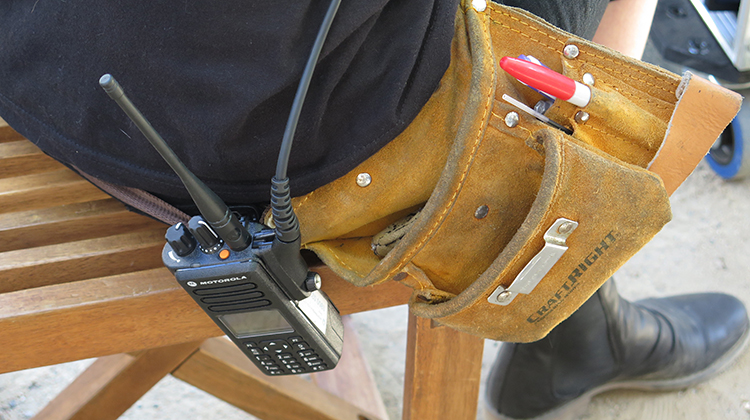Communications management is the systematic development and presentation of information, data and ideas within and between organisations. Implementing an accurate communication system ensures the correct information is passed to the targeted attendees in a timely manner.
For effective communication during events and projects, your organisation should observe the following key elements:
Communications Framework
Creating an appropriate communications framework involves identifying internal and external constituents and information needs. This information assists creating a flowchart of communication responsibilities. Everyone must understand their role and responsibilities in relation to the exchange of information and news. Recognising and incorporating the nature of information exchange is important. A clear understanding of your responsibilities can be obtained by establishing a network of communication channels. These channels are followed to enhance efficiency levels.
Communications Equipment
Determining suitable technology for your communications needs is essential. Specify key responsibilities and procedures when handling the equipment, ensuring all procedures are followed. Internal and external equipment such as radio’s are crucial to deliver immediate or important information with quick response times. Integration of Integration of technology and tactics is imperative for effective communication management.
Communications Procedures
Communication procedures are guidelines for effective communication, which involves specifying written, verbal, visual and electronic techniques. Determine what is written down and what projected on screens. Coordinate and debrief meetings within the team to ensure everyone understands their duties. On-site connectivity and radio protocols must be efficient and coordinated correctly and a team ready in case there is an emergency situation. Not everyone can respond to an emergency situation, assign duties to appropriate personnel.
The Message
A message is a central idea that contains the news and information about the event. It is important that the type of message to be communicated is understood clearly. The style and content of the message to be communicated must also be established. Ensure the system capacity is effective and capable of handling the kind of message you are sending. Timing for communicating the message is important to consider as it enhances effective information exchange.
Resources
These are assets your organisation have to facilitate effective communication and ensures that verification of documents is accessible on-site. The authenticity and originality of the documents must be confirmed. Keeping an up to date contact list assists communication i.e. use of an email database server to send personalised e-mails to many respondents. Your personnel must be trained to effectively communicate which enhances efficiency and productivity.
Clear communication using the right tools and channels has great financial and social benefits to event organisers.
